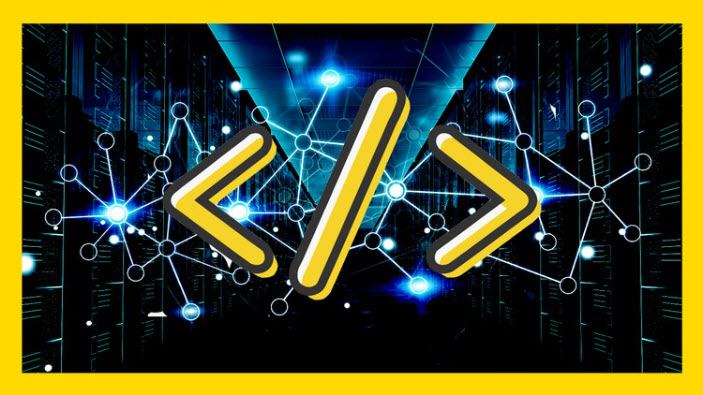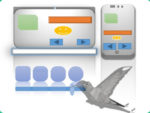- Receive the official certificate after completing the course
Learn Java network programming through hands-on sample applications\You develop ClientServer, GUI Chat, and other apps
Networking adds a lot of power to simple programs. Networking allows a single program to retrieve information stored on millions of computers around the world. Java is the leading programming language built from scratch with networking in mind. Java Networking is an idea of combining two or more computing devices to share resources.
All Java program communication over the network takes place at the application layer. The Java. net package of the J2SE APIs includes several classes and interfaces that perform the low-level communication functions, allowing the user to formulate programs aimed at solving the problem.
The Java platform is highly regarded, in part, for its ability to write programs that use and interact with the resources on the Internet and the World Wide Web (WWW). In fact, Java-enabled browsers take full advantage of this ability of the Java platform to transport and run applets over the Internet.
Java is a leading network programming language. Java. net package includes a large number of classes and an interface that provides a user-friendly way to access network resources. Here are some important java classes and interfaces. net package.
Socket is the basis of modern networking, with a socket a single computer can serve many different clients at the same time. Socket establishes a connection using a port, which is a numbered socket on a particular machine. Socket communication takes place through a protocol. Socket provides a communication mechanism between two computers using TCP. There are two types of TCP sockets in Java. One is for the server and the other for the client.
Who is this course for:
Beginner Java network developers





No Comments
Leave Comment